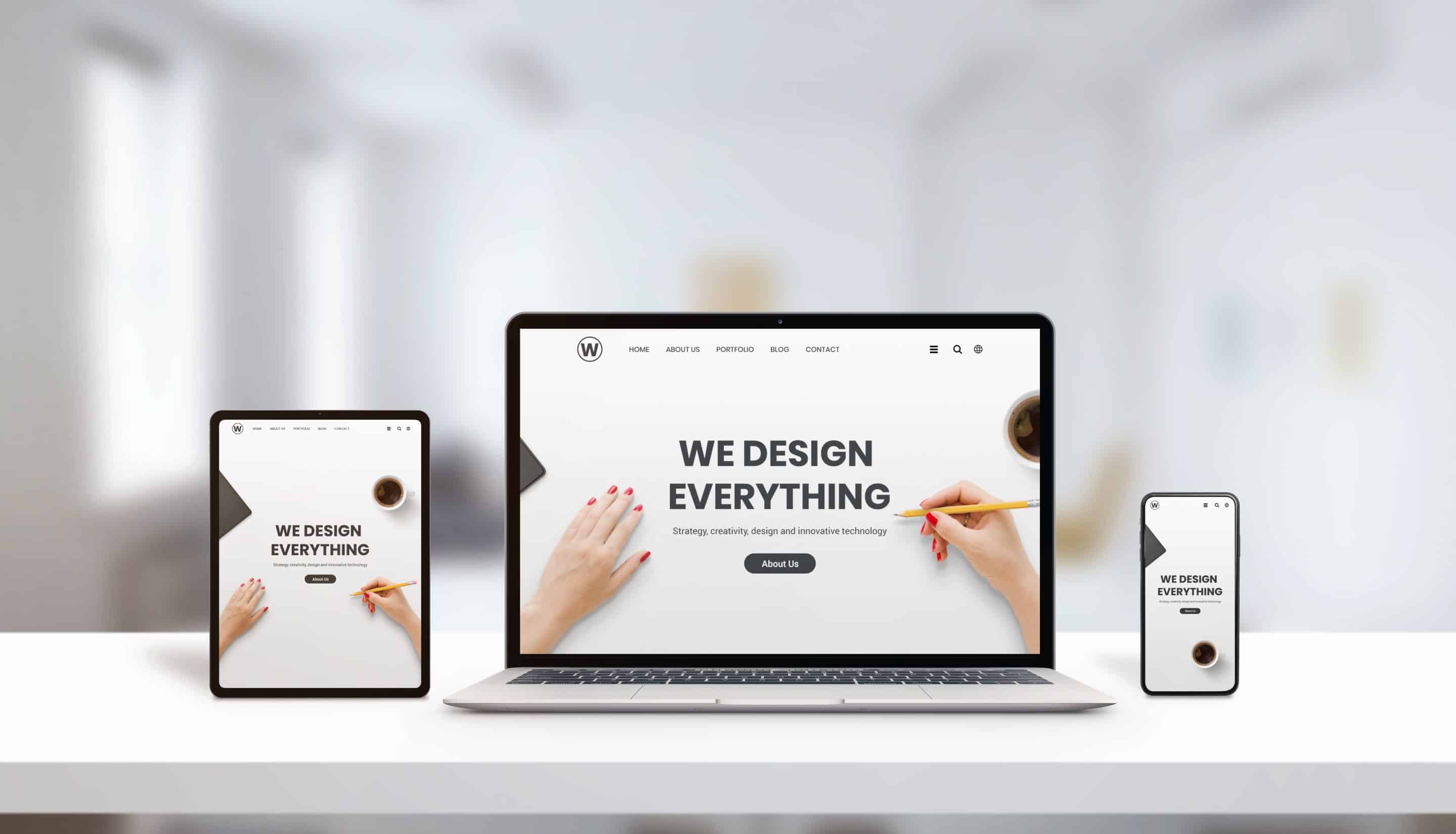Empathizing with Users: How Conducting User Research Can Inform UX Design Decisions
As a digital marketing agency, our main goal is to help businesses succeed online. We do this through various services such as search engine optimization, social media management, and website design. However, one aspect that often gets overlooked in the digital world is user experience (UX) design. While it may seem like a minor detail, UX design plays a crucial role in the success of a website or app. And one way to ensure a successful UX design is by empathizing with users through user research.
What is User Research?
User research involves studying and understanding how users interact with a product or service. This can include observing their behavior, gathering feedback, and analyzing data to gain insights into their needs and preferences. In the context of UX design, user research helps designers understand how users will interact with their designs and make informed decisions based on those insights.
Understanding the Importance of User Research
In today's fast-paced digital world, businesses are constantly competing for attention from potential customers. And if your website or app does not provide a positive user experience, you risk losing those customers to your competitors. That's where user research comes in – by understanding your target audience and their needs through comprehensive user research; you can create an intuitive and enjoyable experience for them.
User Research Methods
There are various methods used for conducting user research, depending on the goals of the project and available resources. Some common methods include surveys, interviews, usability testing, A/B testing, eye-tracking studies, and analytics tools.
Surveys are an excellent way to gather feedback from a large number of users quickly. They can provide valuable insights into what users like or dislike about a product or service.
Interviews allow designers to have one-on-one conversations with users to gain more in-depth insights into their behaviors and motivations.
Usability testing involves observing real users interacting with a product or service to identify any usability issues and gather feedback for improvement.
A/B testing is a method where two versions of a design are compared to see which one performs better. This allows designers to make data-driven decisions on which design elements work best for users.
Eye-tracking studies use specialized equipment to track where users look on the screen, providing insights into their visual behavior and how they interact with different elements on a page.
Analytics tools, such as Google Analytics, can provide valuable data on user behavior and demographics, helping designers understand their target audience better.
How User Research Informs UX Design Decisions
By conducting user research, designers can gather valuable insights that inform their design decisions. For example, if a usability test reveals that users are struggling to find the checkout button on an e-commerce website, the designer can make changes to improve the visibility of that button based on the feedback. This not only enhances the user experience but also increases conversions for the business.
User research also helps designers understand how different demographics may interact with their designs. For instance, if most of your target audience is older adults who may have difficulty reading small text on a website, this insight can inform font size and color choices for improved readability.
Additionally, user research allows designers to identify pain points or frustrations that users may have with an existing product or service. By addressing these pain points in the design phase, businesses can avoid negative reviews and maintain customer satisfaction.
The Benefits of Empathizing with Users
Empathizing with users through user research has several benefits for businesses:
– Increased customer satisfaction: By understanding what your target audience wants and needs from your product or service through user research, you can create an experience that meets those expectations.
– Improved brand loyalty: When customers have a positive experience using your product or service due to good UX design informed by user research, they are more likely to become loyal customers who return in the future.
– Better ROI: By investing in user research and creating a better user experience, businesses can see an increase in conversions, sales, and overall return on investment.
– Gain a competitive advantage: By truly understanding your target audience and their needs through user research, you can differentiate your product or service from competitors and stand out in the market.
In Conclusion
User research is an essential aspect of UX design that should not be overlooked. By empathizing with users and understanding their needs through comprehensive user research, businesses can create a positive and enjoyable experience for their target audience. This not only leads to increased customer satisfaction but also has several benefits for the business, including improved ROI and gaining a competitive advantage. So next time you're designing a website or app, remember to put yourself in the shoes of your users – it will make all the difference.





































0 Comments